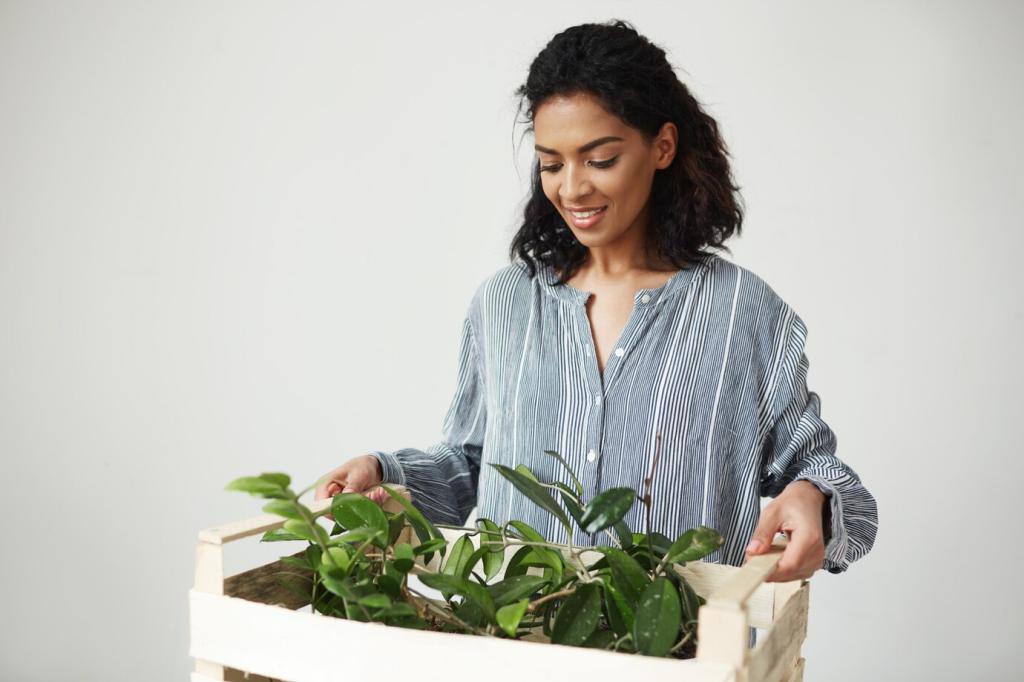Guarding Wood, Fabric, and Leather the Sustainable Way
UV light fades fabrics and dries out leather; wood swells and shrinks with humidity swings. Aim for 40–60% indoor humidity, rotate pieces slowly, and use sheer curtains to soften direct sun. If you solved a sun-fade issue creatively, share a photo and tip to help fellow readers learn.
Guarding Wood, Fabric, and Leather the Sustainable Way
Felt pads under legs, breathable slipcovers, and coasters made from cork or recycled rubber stop damage before it starts. Prioritize washable, repairable options. Keep spares in a labeled jar for quick swaps. Do you have a favorite brand or DIY hack? Tell us and subscribe for our quarterly care checklist.




